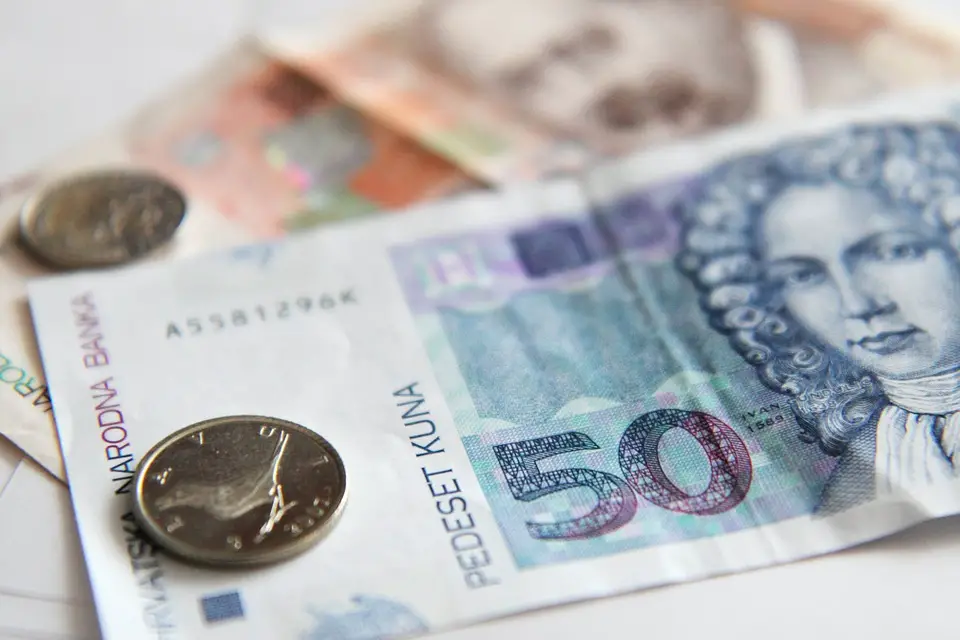As Poslovni Dnevnik/Ana Blaskovic writes, the Croatian economic situation accelerated in the first quarter of the year between the two coronavirus pandemic waves, as illustrated by the model of a rapid assessment the country’s GDP by the central bank in some new information on economic trends.
Industrial production, from 0.8 percent in the last quarter of last year, accelerated to 4.5 percent thanks to the production of non-durable consumer goods. This is indicative that an upward trend was also observed across other major industrial groups, with the exception of the production of durable consumer goods, which stagnated.
The beginning of this year also brought momentum in the Croatian retail sector (6.6 percent compared to 5.9 percent at the end of the year). The data for February suggests the continuation of growth in construction activities of 3.9 percent on a quarterly basis with an increased volume of work.
With the third wave of the ongoing coronavirus pandemic then striking, the feeling of relief and cautious optimism sank in part, but not equally among everyone, which only further highlights the fact that this crisis continues to affect individual industries and sectors very differently.
Back in April, business expectations in industry improved when compared to the previous, unstable month of March, they stagnated in construction, and they unfortunately deteriorated sharply in trade and services.
One major indicator of the health of the Croatian economic situation is the (admittedly traditionally very seasonal) employment rate. There has been, at least as yet, no major change in the country’s employment rate. In the first three months of 2021, the number of Croatian employees was 0.9 percent higher, and only a tenth of those employees were being covered by government measures initially introduced last year to try to preserve jobs. The domestic unemployment rate then rose to 8.5 percent in March 2021.
Monthly inflation rose 1.1 percent in the same month due to seasonal growth in clothing and footwear prices, higher excise duties were placed on tobacco products and oil became more expensive out on the global market. The Croatian National Bank stated that foreign trade also slowed down rather significantly.
After a jump in exports (of 6.2 percent) and imports (of 6.6 percent) in the last quarter of pandemic-dominated 2020, the pace of exports in January fell to 3.2 percent, while imports (mainly of petroleum products) increased by 1.8 percent. Although exports surpassed imports, due to a significantly larger import base, the foreign trade deficit increased by 6.2 percent.
For more on the Croatian economy, follow our dedicated business section.










